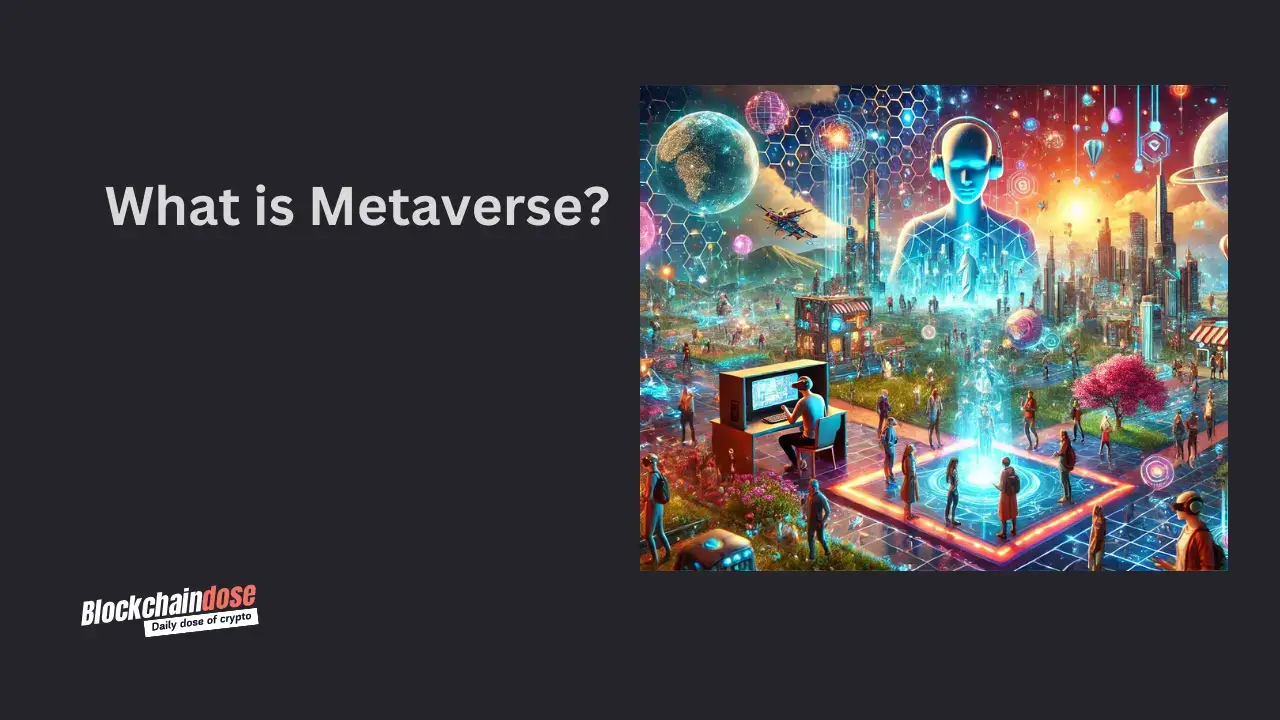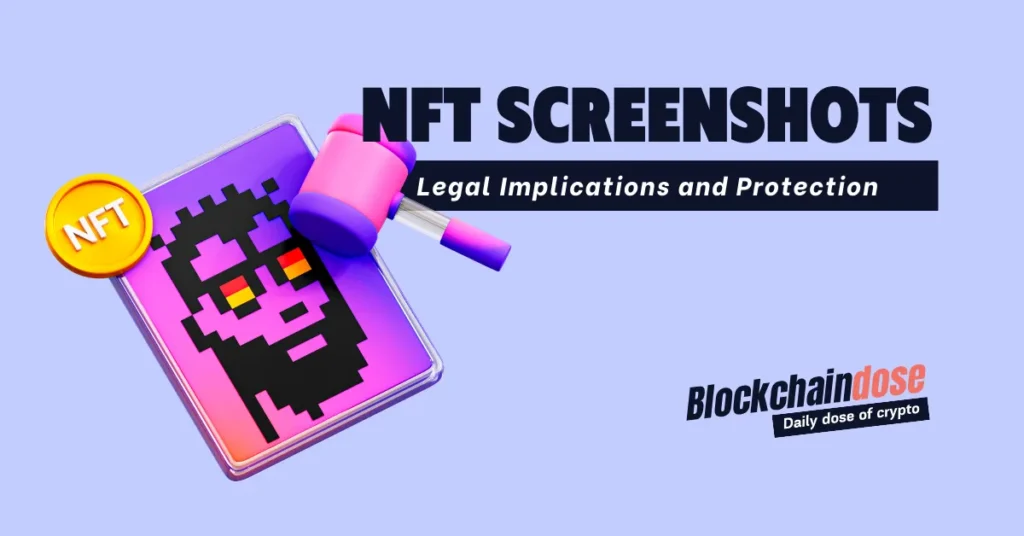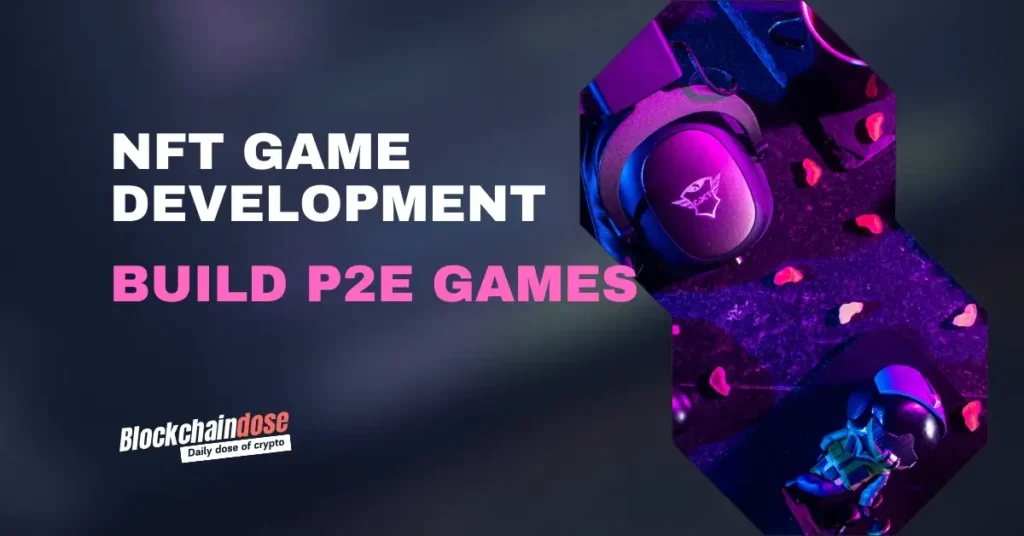Have you ever dreamed of stepping into a digital universe where reality and imagination merge? What if you could teleport from one end of the world to the other in the blink of an eye—not physically, but with your digital avatar? Welcome to the Metaverse—a new frontier in the digital age.
In this virtual universe, interactions, exploration, and even ownership take on new meanings. From games to work and education, the metaverse is already reshaping how we experience the universe in 2024.
Dive in as we explore this immersive world where digital personas, blockchain-backed ownership, and endless exploration await.
What is the Metaverse?
Over the past five years, the term Metaverse has become a buzzword within the cryptocurrency space. Metaverse is a virtual universe consisting of a collective virtual shared space created by the convergence of virtually enhanced physical reality and physically persistent virtual space.
In this digital universe, users interact with each other, digital environments, and digital assets in real-time. Through activities like gaming, socializing, working, or even shopping, the Metaverse blends the physical and digital worlds.
The term Metaverse was originally coined in 1992 by Neal Stephenson in a Sci-fi novel called Snow Crash to refer to a virtual reality space where people interacted as avatars in a fully immersive environment.
Despite the name being coined decades ago, it’s only the recent developments in the internet, Augmented reality, Virtual Reality and blockchain that made this concept truly feasible. Now, the metaverse is not just a word in novels; it’s a true digital phenomenon.
Conceptually, the term metaverse signals a virtual space extending beyond traditional digital environments, where the walls between the physical and digital worlds increasingly blur. Users do not simply passively participate; they reside, engage, and enjoy this interactive ecosystem.
To bring proper experience to users, the Metaverse world comes with the following foundational components:
- Avatars — As you jump into the digital world, you will need a digital representation, an avatar. These avatars are digital personas that enable you to navigate, interact, and express yourself.
- Exploration — The Metaverse is vast and varied, offering limitless opportunities for exploration. You can visit virtual cities, attend events, or explore environments that range from futuristic landscapes to historical recreations.
- Interaction — Social interaction is at the core of the Metaverse. Whether through virtual meetings, collaborative workspaces, or social gatherings, users can connect with others in real time. These interactions are enhanced by VR and AR, making conversations and experiences feel more lifelike.
- Digital Ownership — In the Metaverse, users can own digital assets, from avatars and clothing to virtual land and NFTs (Non-Fungible Tokens). Blockchain technology ensures that these assets are unique, verifiable, and tradeable, giving users control over their digital possessions.
Metaverse Explained: Core Technologies Driving the Virtual World
The Metaverse is made up of many cutting-edge technologies working together to build an immersive, interconnected digital universe. Among the primary technologies include:
Virtual Reality (VR) and Augmented Reality (AR)
One technology driving the recent hype around Metaverse is Augmented Reality (AR) and Virtual Reality (VR).
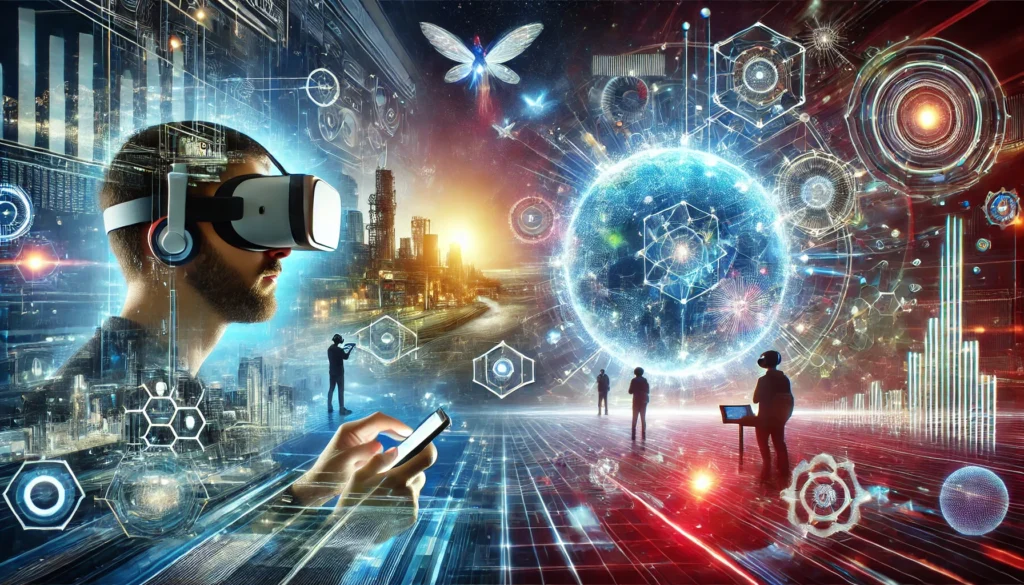
The former, AR, blends the physical and digital experiences simply by overlaying virtual objects into your surroundings. The latter allows users to immerse themselves in 3D environments, bringing realistic simulations and allowing them to interact with objects and other avatars.
While working together, VR and AR enhance the user experience in the metaverse by teleporting them into virtual worlds.
Blockchain Technology and Digital Assets (NFTs)
The backbone of the Metaverse is simply blockchain technology. As a result, Metaverse users enjoy features like security, transparency, and authenticity, especially when involving transactions and interactions.
Blockchain technology is also the primary technology backing the creation and circulation of Non-fungible tokens (NFTs). Metaverse users can own, trade, and sell NFTs, giving real-world value to virtual items.
The blend of blockchain enables trustlessness, meaning users need no intermediaries to prove ownership and execute data.
Artificial Intelligence (AI)
Over the recent years, Artificial Intelligence (AI) has been gaining popularity owing to its capability to mimic human intelligence. In the metaverse, AI has had an even more interesting application—it powers almost everything within virtual worlds.
In some metaverses, you will find AI-driven avatars that can learn, evolve, and provide a more personalized experience. AI also enables natural language processing, making interactions between users and digital entities more intuitive.
Moreover, AI can be employed in the metaverse to create an expansive, interactive, and real-time evolving environment.
5G and Cloud Computing
The expansive, interconnected nature of the Metaverse demands robust infrastructure to support proper functionality and even real-time updates. That’s where 5G bandwidth and cloud computing come in.
By enabling lightning-fast speeds and low latency, 5G enables metaverse communication to happen in real-time. Moreover, users enjoy smooth experiences in AR and VR environments.
The storage and processing capabilities of cloud computing platforms ensure that every user worldwide enjoys the same virtual world.
The above technologies—VR, AR, blockchain, AI, 5G, and cloud computing—when working together, create an immersive, interactive, and secure Metaverse. In the end, Metaverse enjoys the title of not just a singular space but an interconnected network of virtual environments.
What Are The Real-World Applications of The Metaverse
The metaverse is increasingly evolving, expanding beyond the original realms of gaming into more real-world applications. Since its birth, the potential of the metaverse to transform industries has been made clear.
Metaverses offer many possibilities for enhancing experiences in business, education, entertainment, and more. Here are some of the most popular applications in the real world:
Virtual Workspaces and Remote Collaboration
With the recent rise and growth of remote working, companies are actively seeking immersive and collaborative solutions to replace traditional office environments. The metaverse comes at a good time in the virtual revolution’s history, offering a platform for virtual meeting spaces where employees interact.
Through avatars, employees can hold meetings, share ideas, and even enjoy virtual office spaces. Virtual offices mimic the structures of real offices, with meeting rooms, collaborative whiteboards, and social spaces, creating a more cohesive work experience for remote employees.
Education and Virtual Learning
During COVID-19, the world saw the rise of virtual classes, especially with apps like Zoom, Google Meet, and Microsoft Teams. But what if you could have such classes but with the experience of a real classroom?
Welcome to the Metaverse!
The world of education is also benefiting from the rise of the metaverse. This futuristic technology provides immersive, interactive learning experiences that go beyond the traditional classroom.
Imagine the idea of virtual classrooms, simulations, digital campuses, and more, allowing students to interact and share materials. Students would attend lectures, engage in group projects, and conduct experiments, all in interactive environments.
Entertainment and Social Experiences
The entertainment world has been among the quickest to adopt the possibilities brought by the metaverse. Artists like Travis Scott and Ariana Grande have shown their commitment to metaverse concerts, attracting millions of fans to attend concerts on platforms like Fortnite and Roblox. Traditional physical limitations never limit such events.
E-Commerce and Virtual Retail
The metaverse has also seen a rise in virtual retail, which is redefining how consumers shop. Brands create virtual stores where customers browse and purchase products for both their real-world and virtual lives.
Major fashion brands, including the likes of Nike, Gucci, Louis Vuitton, Burberry and Balenciaga. Retailers are building storefronts where users explore products before making purchases.
Healthcare and Therapy
The healthcare industry is already using metaverse to enhance patient care, mental health treatment, and medical training. Virtual therapy sessions and health consultations are gaining popularity, as patients can easily connect with healthcare professionals.
Virtual environments provide more private places for therapy, especially for people seeking mental health support. Moreover, the concept of telemedicine is taking on new meaning, as health experts can help patients in the comfort of their homes.
Real Estate and Virtual Property
Finally, real estate.
In virtual real estate, users can buy, sell, and develop properties, including their digital worlds. Platforms like Decentraland and Sandbox allow users to purchase virtual land, build homes, businesses, or event venues, and even rent out their digital properties.
Just like physical real estate, virtual real estate projects can be used for everything from hosting parties and art exhibitions to running businesses in the digital world. Non-fungible tokens are the mark of quality and authenticity in virtual real estate.
Popular Metaverse Networks in 2024
As of 2024, as we head towards 2025, there has been a major influx of new metaverse projects, all promising the best virtual experiences. Here are some of the known metaverse projects:
Decentraland — Among the earliest Metaverse projects, Decentraland has been reshaping our experience of virtual space. On this network, you can own your own space, where you have the freedom to build anything. Powered by the Ethereum chain and native token MANA, Decentraland stands at the peak of the metaverse space.
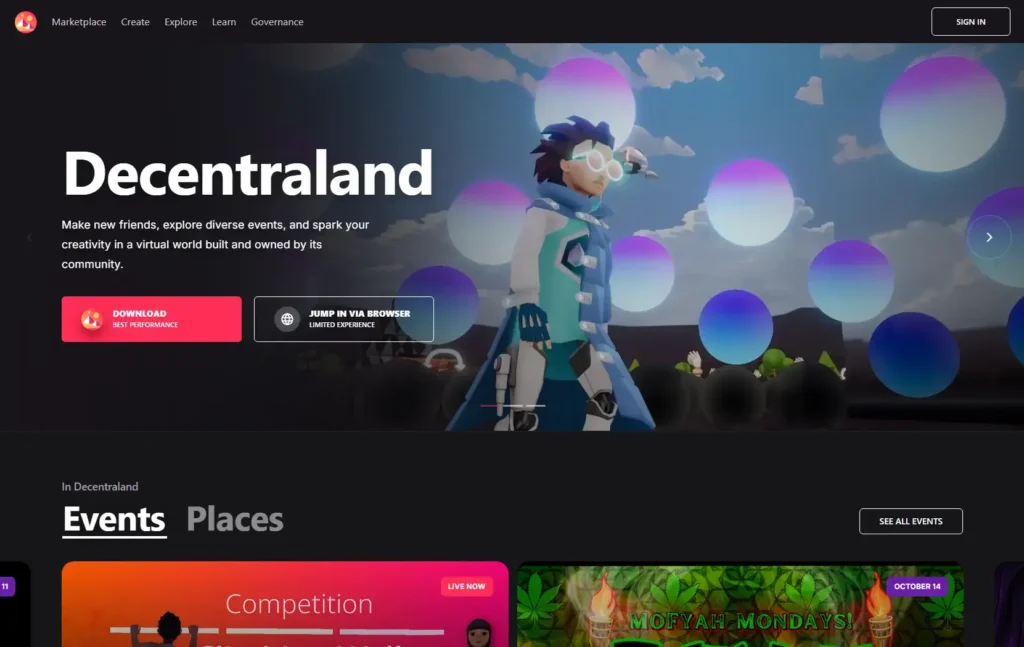
Axie Infinity — A gaming network, Axie Infinity redefines virtual realms by allowing players to collect, breed, battle, and even sell unique creatures called Axies.
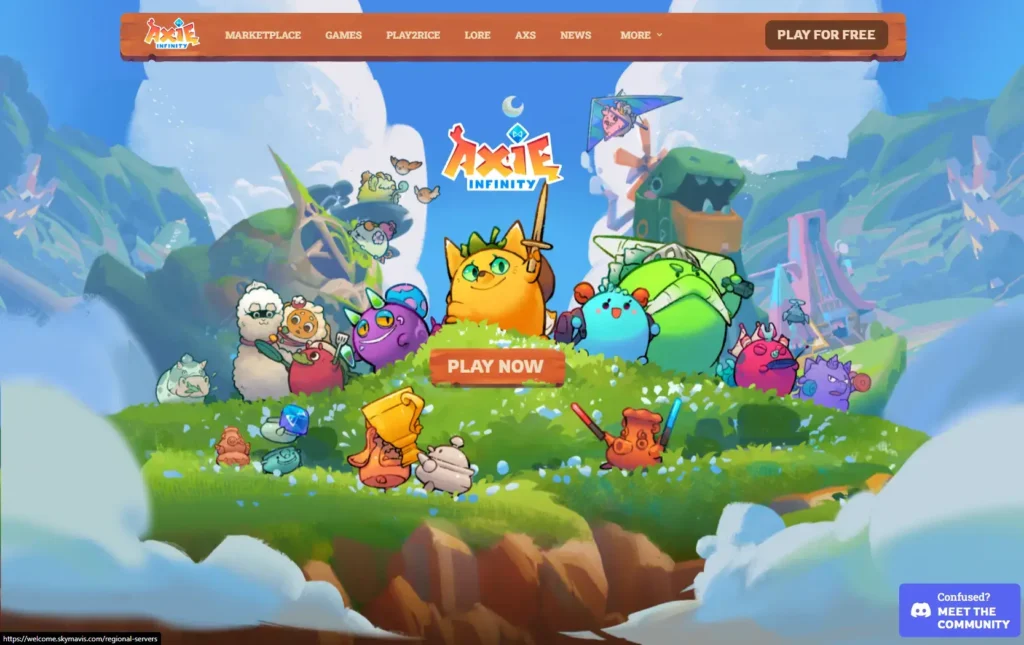
Sandbox — Another Decentraland peer also joins our list of top metaverse platforms to work with. Deeply coded within Sandbox is the native token SAND which enables purchases and sales of plots.
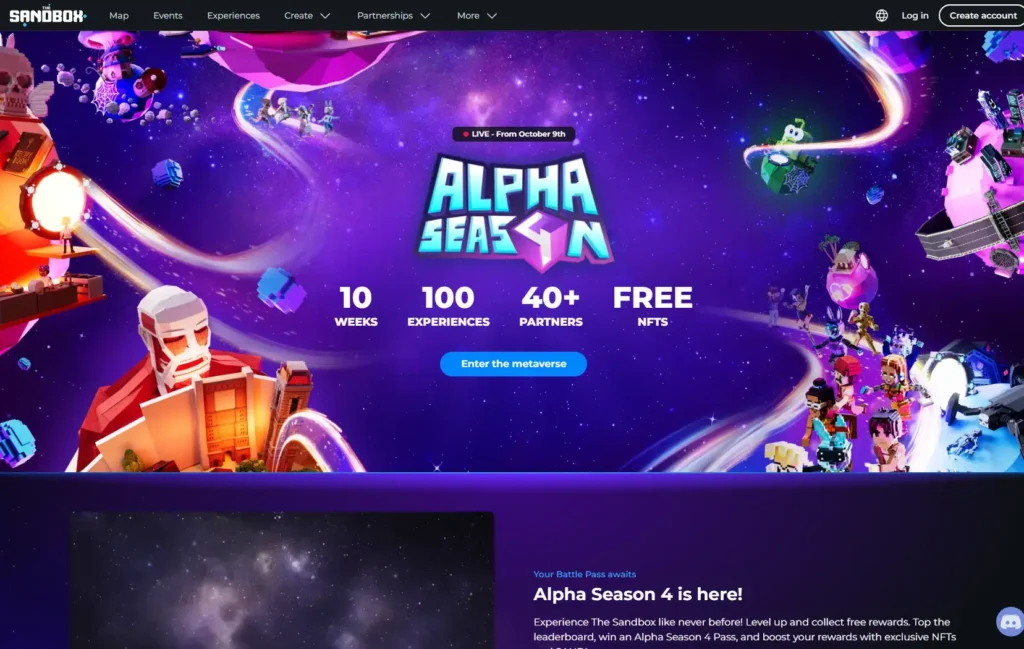
Illuvium — A gaming network that brings a sci-fi experience. Users can game, battle, and explore. At the heart of the network are tokens called ILV, which help in exchanges, governance, and staking.
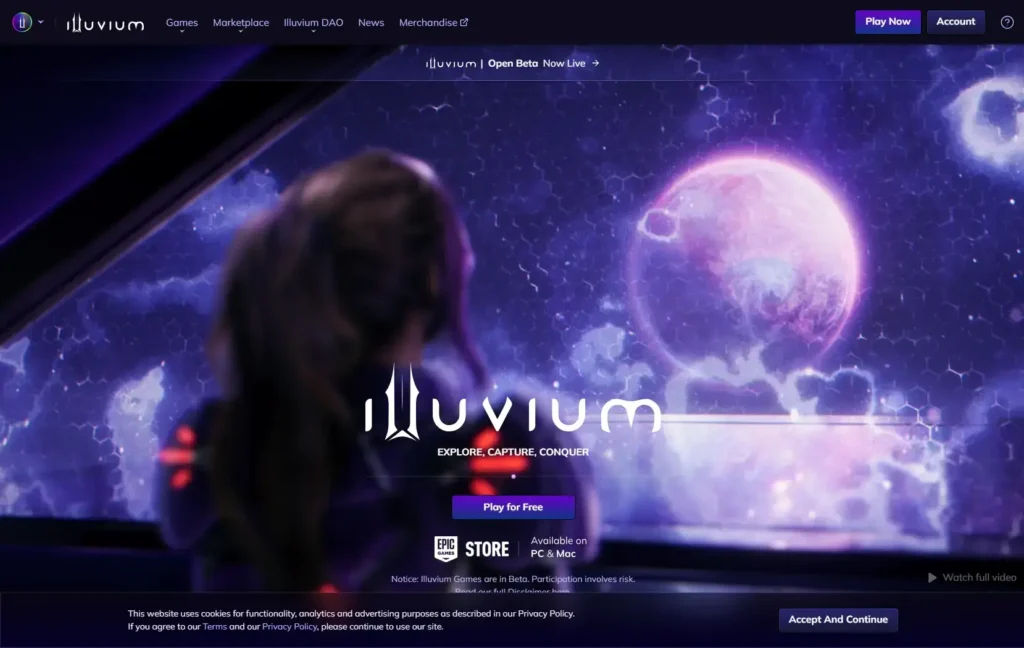
EarthMeta — Still in its early phases, EarthMeta boasts the capability to bring a merger of Metaverse and AI into one platform. As such, users enjoy a data-driven virtual world where they can interact.
What Does the Metaverse Mean for You?
Metaverse is not simply a concept designed for tech enthusiasts and gamers; it’s a digital revolution impacting lives. For users today, Metaverse represents a blend of social, economic, and creative spaces open to anyone.
In this digital realm, you can attend virtual concerts, invest in virtual real estate, create art, and engage in real-time interactions with others—all from the comfort of your home. This brings meaning to digital interactions.

